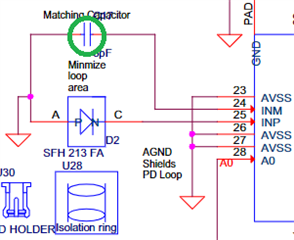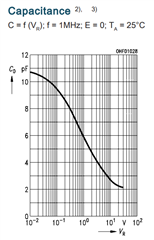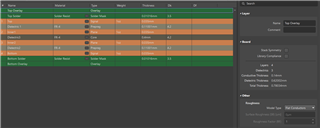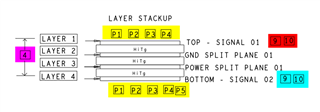I am working on a hardware design with the OPT3101 module. Currently, the design has a high level of Illumination crosstalk around 150 codes of amplitude. I understand that the most convenient thing is to have a reading below 200 codes of amplitude, which is functional, but I want to reduce But this level of crosstalk, my point of comparison is the OPT3101EVM module that gives me 86 amplitude codes.
Change the value of the Matching capacitor from 6pF to 5.1pF, notice a reduction in the amplitude codes. I understand that this modifies the capacitance, but I would like to know how to choose the most appropriate value for the matching capacitor.

In general, if you have some extra recommendations to reduce Illumination crosstalk in my design, I clearly follow the recommendations in the SBAU305B, SBAS883A documentation.
If you need more details about my design I can send you my files for a better recommendation.






